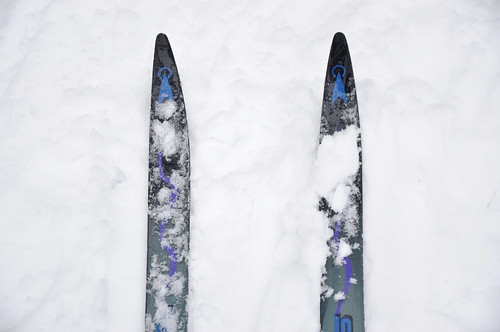Minutes of the Lac Le Jeune Conservation Association
Annual General Meeting
September 26, 2021
Lac Le Jeune Provincial Park Day area
Meeting Called to Order 10:20, by Cindy Swain, President
Adoption of minutes from the 2019 AGM
(Note: Due to COVID provincial health orders there was no meeting held in 2020)
1st Hugh Burton, 2nd Bruce Mitchell, passed unanimously
Treasurer’s report
There was a questions about whether our BCLSS membership was paid this year, Cindy to follow up with Leyla, Treasurer.
1st Jim Phillips, 2nd Allan Schock, passed unanimously.
TNRD area J representative - Ronaye Elliot
Ronaye updated the group on what has been happening in area J over the past year. It has been difficult for local groups to fund raise due to COVID restrictions. 2021 forest fires affected many areas throughout the TNRD. There is not much funding available for LLJ for fire prevention as we are not a municipality and there is no firehall. TNRD provided funding through the Community Works Funding (previously GAS Tax Fund) to finish lighting at Stake Lake trails. A $1,500 cheque was presented to LLJCA to help continue the Lake Study Project. The attendees thanks Ronaye for the generous donation. Ronaye plans to retire from her position and does not expect to run in the next election. Cindy (president), presented Ronaye with a gift of our appreciation for her support over the years.
Senior Wildfire Officer Prevention, Kamloops Fire Centre – Jennifer Young
Firesmart
John Collavin & Justin Waito discussed our firesmart options. John is our point of contact for Firesmart queries. We have 2 avenues of funding:
1) Community resiliency investment
2) Funding to firesmart homes
Funding to firesmart homes needs to be directed through TNRD.
Individual homeowners can apply for a 50% rebate to firesmart their homes. Owners can do to be more immediately, e.g. move wood piles, prune trees, and remove flammable materials from the house.
Jason Tomlan & Jamie Viera look after fire departments and serve as services coordinator.
They commented that parks branch and the TNRD will help with fire prevention on crown land and the park. However, homeowners need to handle the properties. When Lac Le Jeune area is at risk, people all around province will help out with structures through/under the program. The biggest issue is knowing where to invest the money. The biggest risk for Lac Le Jeune is coming from the south and southwest – think direction for mitigation.
The TNRD is the first step for funding since we are not a municipality. Then the TNRD applies for funding on our behalf. To fight forest fires we need money to fund time, training, and experience. Since we need resources toward forest fires the resources for other fires would be depleted henceforth there is a liability there. Mitigation like roof top sprinklers helps more with bringing the ambient temperature down rather than protecting the roof.
If Lac Le Jeune becomes a fire smart community, we can get a decrease in insurance. It also allows home owners insurance to include water damage from fighting fires. BC Parks is becoming more active in managing the land for forest fires
Fire Mitigation - Clay Govett
Clay reported on the current projects in our community.
The new owners of the ski hill have been working on their own fire plan.
Treatment of a large plot of crown land is being funded, however we will still need to apply to get to fire smart funding for our local community. The Coquihalla Highway is a big ignition source with vehicle fires.
We will gather a committee to work toward becoming a firesmart community. Bruce Mitchell has experience in this work from his time at Sun Peaks. Collen Kennedy and Clay Govett will participate in this project.
Lake Monitoring - Hugh Burton
Water monitoring was started in 2012. About 14 volunteers have participated in the last 4 years. Would like to continue the study. Foster Wynne has been highly involved in the project. Hugh indicated he would like to step downs as lead. Hugh is concerned about the continued build up of algae, which will be damaging the fish, and there is potential for winter kill. The prob cable is broken which will cost $1500-1800.
Going forward, water sampling once per month will be sufficient. Looking for volunteers. Colleen Kennedy recommended a mailing list to facilitate communication among the volunteers.
Clean Drain Dry - Cindy Swain
We have a partnership with clean drain dry. The main purpose is to educate residents and visitors to clean boats, kayaks, paddle boards, etc when going from lake to lake to avoid contamination.
RCMP
A representative was unable to attend but sent a request for residents to ensure house numbers are visible to assist emergency services.
Other Business
The Wilderness Resort owner would like the facility to be more a part of the community and would like residents to know it is possible to rent space for meetings, yoga, etc.
The local firesmart representative is offering to present about available projects – via Zoom or in person.
There was a free draw for a bird feeder and free swap for those attending the meeting.
Meeting was adjourned at 12:10.











